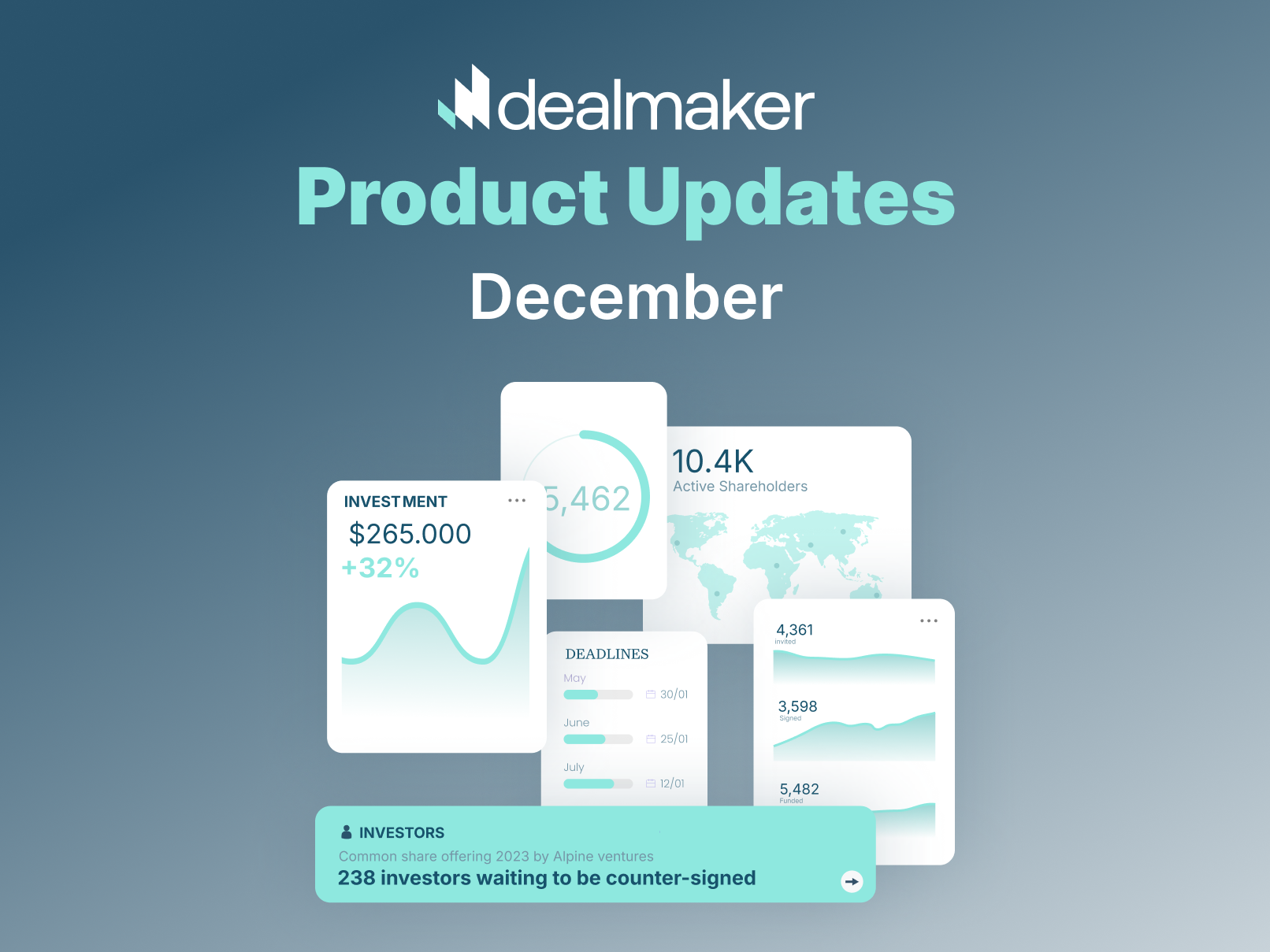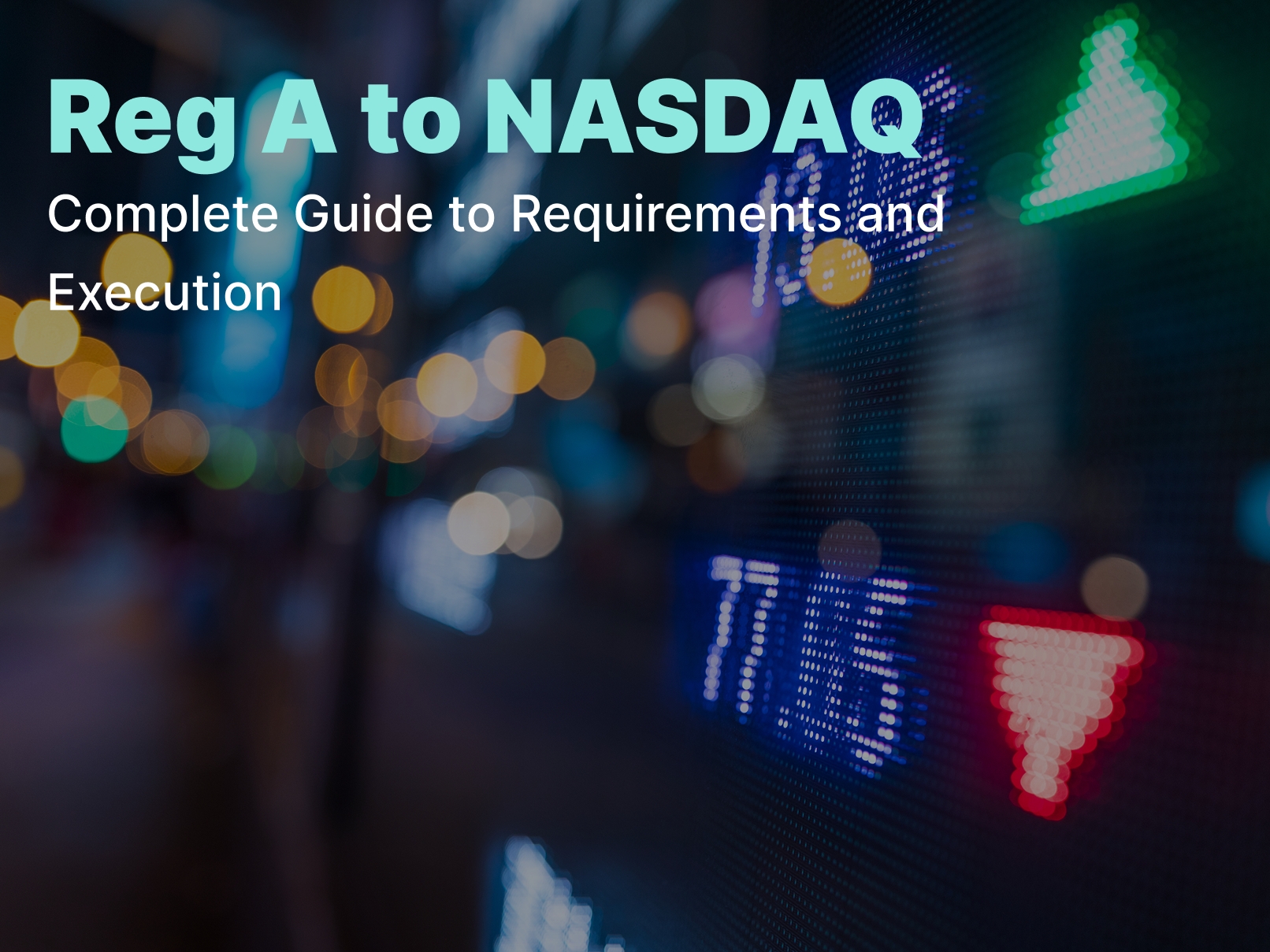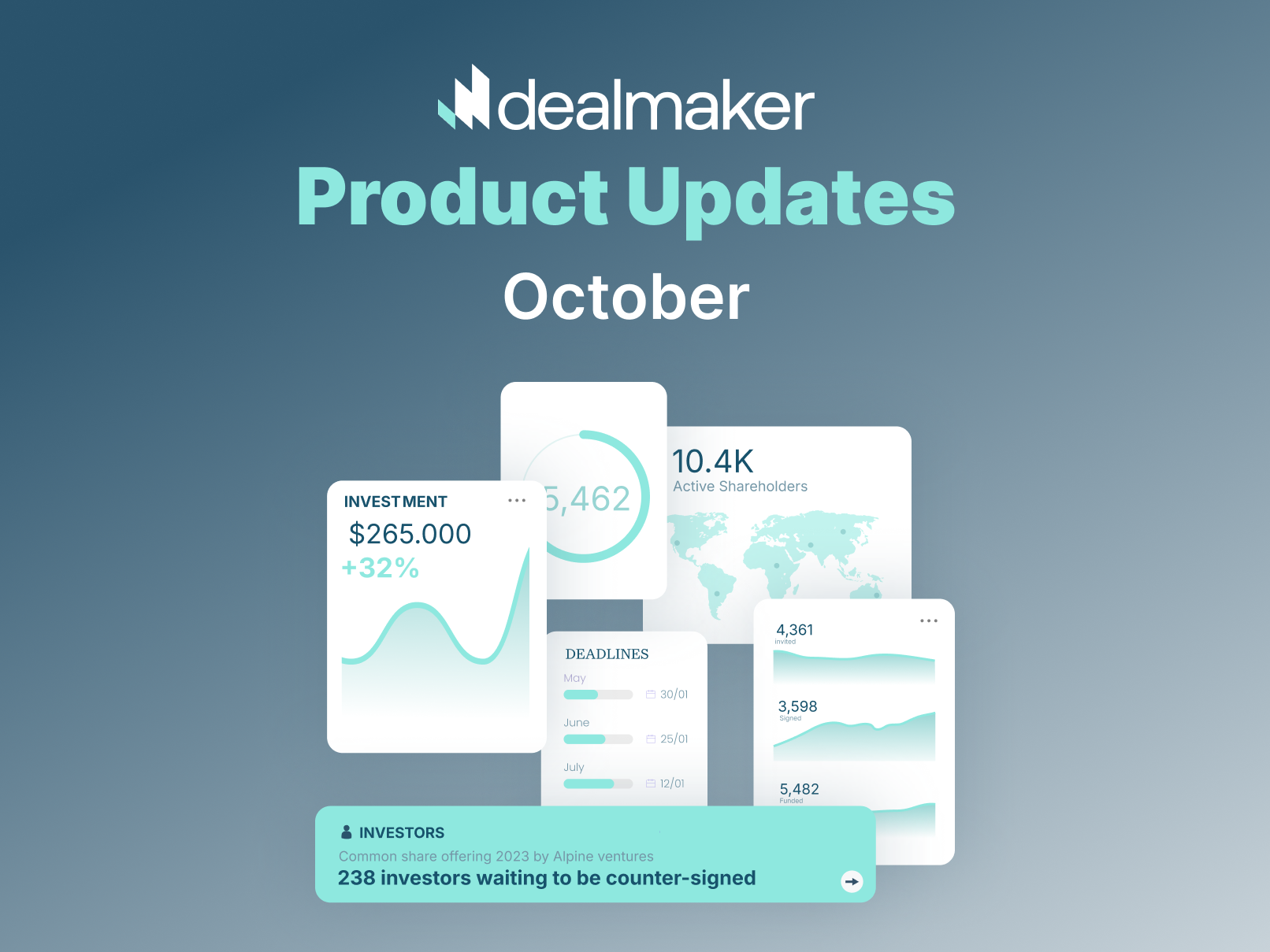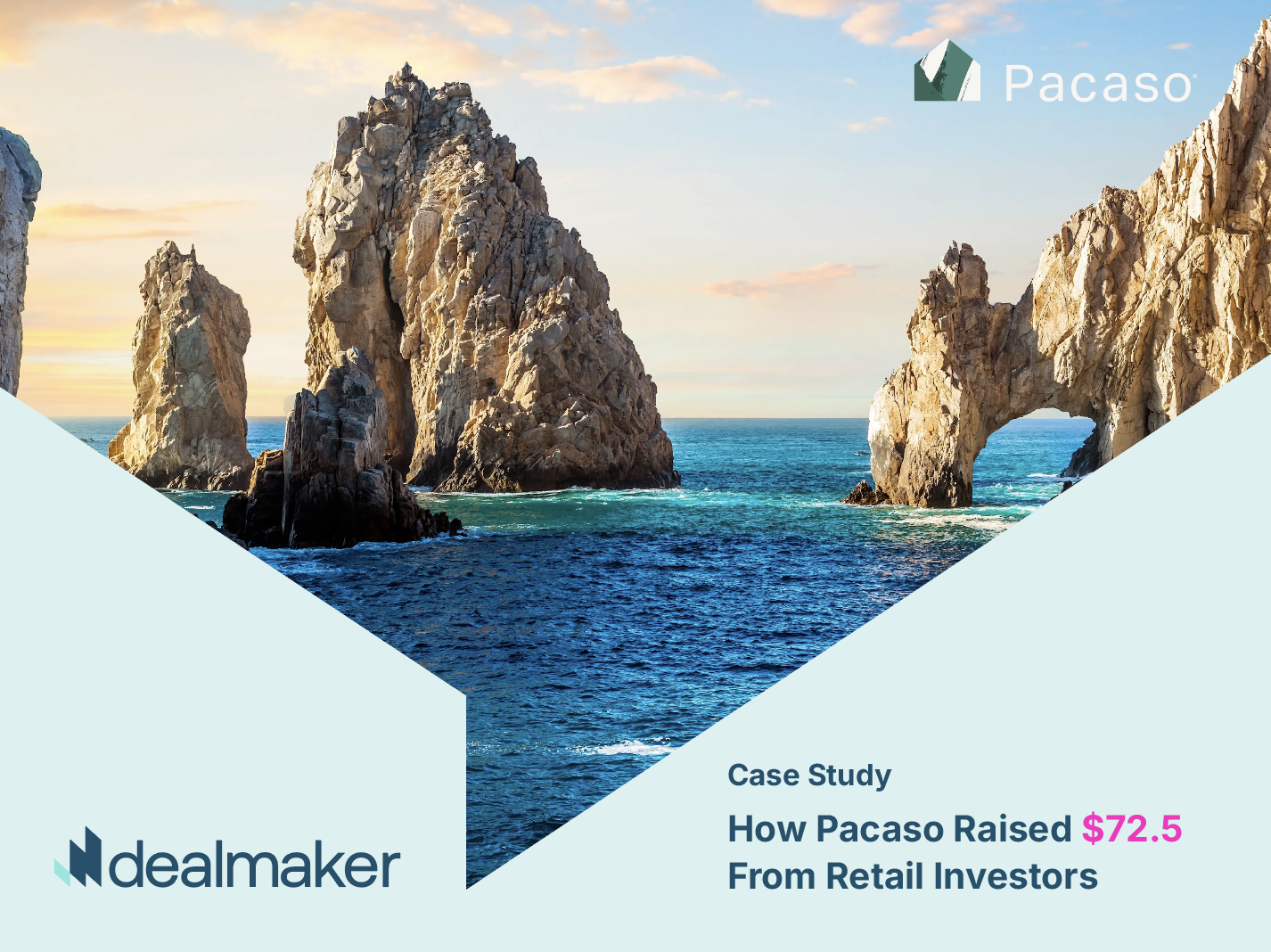Raise Capital
August 19, 2025
The Future of Soccer Community Capital: Empowering Fans and Teams Together
Soccer Community Capital: When Fans Become Owners and Score Big with Community Investment
A fundamental transformation is underway in soccer's capital structure. Forward-thinking clubs are moving beyond traditional concentrated ownership and institutional debt, discovering that their most valuable asset, the fanbase, is also their most potent source of capital. This isn't just a theory; it's a proven model delivering measurable operational advantages.
The appetite for fan ownership is undeniable. In Europe, more than 100 professional clubs operate under supporter ownership or member-controlled models, including giants like Real Madrid, FC Bayern Munich, and Borussia Dortmund. Now, DealMaker is powering this proven European model stateside.
The data reveals a compelling business case: clubs that embrace this community investment model consistently outperform traditional ownership structures across key performance indicators. This isn't philanthropic capital or goodwill gestures. These are legitimate securities offerings that transform operational economics while creating sustainable competitive advantages.
For ownership groups and league executives evaluating capital strategies, the evidence suggests that community investment delivers returns that traditional financing cannot match, both financially and operationally.
The Capital Efficiency Advantage
Traditional soccer financing creates inherent inefficiencies. Private equity demands exit strategies that may conflict with long-term club building. Bank debt requires servicing that diverts resources from player development and infrastructure. Corporate sponsorships fluctuate with market conditions and brand priorities.
Community investment fundamentally restructures these economics. Your capital providers become your revenue generators. Your investors fill seats, purchase merchandise, and recruit new supporters because their returns depend on club success. This alignment creates operational efficiencies that reduce customer acquisition costs while increasing lifetime value.
Modern regulatory frameworks and technology platforms have eliminated the operational complexity that previously made retail investment impractical. Automated compliance, investor management, and communication systems now make community capital as operationally efficient as traditional financing with superior engagement metrics.
Performance Metrics: Quantifying the Community Investment Premium
Leading clubs have documented the operational advantages of community investment models. The data demonstrates consistent outperformance across attendance, revenue, and market penetration metrics.
Detroit City FC: 48% Revenue Growth Through Strategic Capital Deployment
Detroit City FC provides the clearest ROI analysis. Their community-funded stadium investment generated 52,550 total attendance in 2016—a 48% year-over-year increase. The capital deployment created compounding returns: infrastructure improvements drove attendance growth, which increased per-game revenue, which funded further enhancements.
From an operational perspective, this represents optimal capital efficiency. The investment simultaneously solved infrastructure needs while creating a distributed marketing force that reduced customer acquisition costs to near zero.
AFC Wimbledon: Maximizing Asset Utilization
AFC Wimbledon's Plough Lane development demonstrates how community capital solves capacity constraints. Fan-funded stadium expansion enabled average attendance to reach 7,700 per match—capturing revenue previously lost to capacity limitations.
The strategic importance extends beyond gate receipts. The enhanced home advantage created by invested supporters translated to improved competitive performance, directly impacting league position and associated revenue streams. This represents value creation that traditional capital cannot replicate.
Oakland Roots SC: Accelerated Market Penetration
Oakland Roots SC demonstrates how newer franchises can leverage community investment for rapid market development. Their 42% attendance growth from 2021 to 2023 following their investment round proves that community capital accelerates market penetration more effectively than traditional marketing spend.
For leagues considering expansion markets, the Oakland model provides a template for building sustainable franchises in competitive sports markets. Community investment creates immediate local stakeholder bases that traditional ownership structures require years to develop.
Portsmouth FC: Premium Pricing Power
Portsmouth FC's performance metrics reveal how community ownership creates pricing advantages. Operating in League Two, the club maintains 16,000 average attendance—approximately 50% above typical fourth-tier benchmarks.
This premium represents genuine value creation. Despite lower player budgets than competitors, Portsmouth generates superior revenue per match through enhanced fan engagement. The invested supporter base creates pricing power and attendance consistency that traditional ownership cannot achieve at comparable investment levels.
Risk Mitigation: Learning from Market Failures
The MyFootballClub/Ebbsfleet United case provides critical operational insights. Initial membership reached 28,000 during the 2008 takeover but collapsed to 3,000 by 2010 due to execution failures, not model deficiencies.
Analysis reveals that 67% of failed campaigns cite transparency and communication issues as primary factors. Modern platforms address these operational requirements through automated investor relations, compliance management, and communication infrastructure, eliminating the manual processes that created earlier failures.
For ownership groups, this evolution means community investment now carries comparable operational risk to traditional financing, with superior engagement metrics and revenue generation potential.
Market Leaders: Proven Models at Scale
Contemporary success stories demonstrate how technology platforms solve the operational challenges that limited earlier community investment models.
Oakland Ballers: $3M Institutional-Grade Community Capital
The Oakland Ballers executed a $3 million community raise that demonstrates the scalability of modern fan investment infrastructure. Their campaign attracted investors who view team ownership as community infrastructure investment rather than entertainment consumption.
This psychological shift creates measurable operational advantages: invested fans demonstrate higher attendance rates, increased ancillary spending, and organic supporter recruitment that reduces marketing costs. The technology platform manages compliance, communication, and investor relations automatically, making community capital operationally equivalent to institutional investment.
Green Bay Packers: Generational Value Creation
The Green Bay Packers provide the longest-running data set on community ownership benefits. Their model has created competitive advantages that transcend market size limitations: consistent sellouts, brand loyalty across generations, and financial stability through economic cycles.
For soccer executives, the Packers demonstrate how community ownership creates institutional permanence that protects against ownership changes, relocations, and market volatility. This stability enables long-term strategic planning that traditional ownership structures often cannot support.
Cross-Sport Revenue Optimization
Our comprehensive analysis reveals consistent patterns across sports: fan-investors generate 54% higher revenue per capita, deliver 2X referral rates, and maintain 60% superior long-term engagement compared to traditional supporters.
These metrics translate directly to enterprise value. Community investors don't merely provide initial capital, they become premium customers across all revenue streams, creating lifetime value multiples that exceed traditional customer acquisition models.
Regulatory Framework and Implementation Infrastructure
The regulatory environment now supports sophisticated community investment strategies. Regulation CF enables raises up to $5 million from retail investors. Regulation A allows up to $75 million with broader marketing capabilities. Regulation D provides unlimited capital raising from accredited investors.
Modern platforms automate the compliance complexity, managing investor verification, documentation, reporting, and ongoing communication requirements. This infrastructure makes community capital as operationally efficient as traditional financing while delivering superior engagement metrics.
Market timing favors early adopters. Community investment remains novel enough to generate substantial media coverage and organic marketing value. Clubs establishing successful programs now will maintain competitive advantages as the model becomes standard practice.
Disclaimer: Regulations vary by location. This is for informational purposes only and is not legal or financial advice. Always consult with qualified professionals to ensure compliance with laws in your specific jurisdiction.
Strategic Implementation Framework
Successful community investment requires systematic approach to investor relations, transparent communication protocols, and genuine participation mechanisms. The most successful programs treat investors as stakeholders, not merely capital sources.
Technology infrastructure determines program success. Platforms must handle regulatory compliance, investor communication, voting mechanisms, and financial reporting automatically. Manual processes don't scale and create operational risk that undermines program effectiveness.
Leading clubs implement structured investor relations programs including:
- Quarterly performance updates with key metrics
- Annual shareholder meetings with management access
- Digital voting systems for key decisions
- Exclusive investor experiences and benefits
- Transparent financial reporting
Competitive Positioning and Market Evolution
Community investment is transitioning from experimental to essential. Early adopters are establishing market positions that will become increasingly difficult for traditional models to challenge. The operational advantages compound over time, creating sustainable competitive moats.
For ownership groups evaluating capital strategies, the evidence suggests that community investment delivers:
- Lower customer acquisition costs through organic advocacy
- Higher revenue per supporter through increased engagement
- Reduced market risk through distributed ownership
- Enhanced brand value through authentic community connection
- Operational stability through aligned stakeholder interests
For league executives, community ownership models offer:
- More stable franchises with reduced relocation risk
- Higher engagement metrics that benefit media rights values
- Organic market development that reduces marketing costs
- Sustainable expansion models for new markets
- Enhanced competitive balance through community support
The Strategic Imperative
The data demonstrates that community investment isn't alternative financing, it's superior financing. Clubs implementing these models show consistent outperformance across operational metrics while building sustainable competitive advantages.
For decision-makers in soccer organizations, the question isn't whether community investment delivers value, the evidence is conclusive. The strategic question is timing: whether your organization captures first-mover advantages or responds to competitor initiatives.
The technology exists. The regulatory framework supports it. The market demands it. Organizations that recognize their fanbase as their most valuable undercapitalized asset will define the next era of soccer economics.
The operational advantages are measurable. The implementation infrastructure is proven. The only variable is execution timing.

Your submission has been received. We will reach out to you via email to schedule a call.
Oops! Something went wrong while submitting the form.





.png)





.webp)
.webp)
.webp)
%20(1).webp)